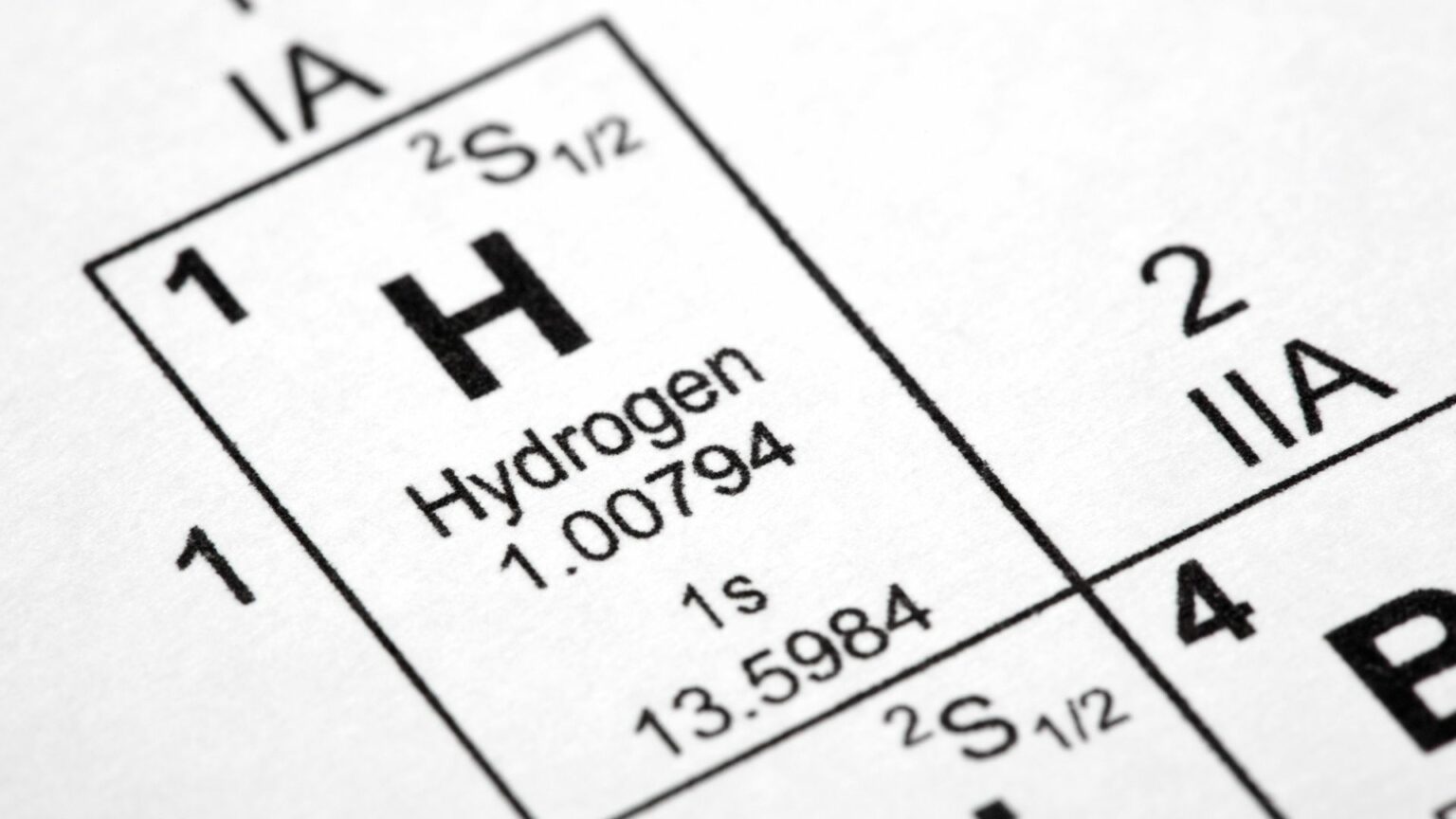Trinidad and Tobago takes center stage with a dynamic initiative focused on the production and application of green hydrogen.
The Hydrogen Research Collaborative, hosted at the University of the West Indies, recently delved into the potential of renewable hydrogen, questioning whether this eco-friendly innovation lives up to its burgeoning reputation.
At its core, renewable hydrogen is generated through the electrolysis of water—a process driven by passing an electric current through water, breaking its bonds to yield hydrogen and oxygen. Crucially, when powered by a low-carbon source of electricity, the resulting hydrogen is labeled as ‘green.’
Leading the charge is Kenesjay Green, the indigenous project development company behind NewGen Energy Limited. This subsidiary focuses on developing facilities for green hydrogen generation, integrated into ammonium manufacturing at the Trinidad Nitrogen Company facilities in the industrial hub of Point Lisas, Trinidad. The involvement of Hidrogène de France (HDF) in 2022, acquiring a significant stake in NewGen, emphasizes the global interest and potential of Trinidad and Tobago’s green hydrogen endeavors.
A comprehensive study by the Trinidad and Tobago National Energy Corporation, supported by the Inter-American Development Bank, underscores the massive potential of green hydrogen in the Caribbean nation. With a robust foundation as a center for hydrogen and ammonia/methanol production, Trinidad and Tobago envisions green hydrogen as a pivotal tool for decarbonization, particularly in the industrial and electricity sectors.
The global ammonia market, traditionally reliant on natural gas, faces a transformative shift toward low-carbon ammonia. Forecasts from S&P Global Commodity Insights project a tripling of the ammonia market by 2050, with low-carbon ammonia expected to dominate two-thirds of the total market. This shift marks a significant departure from fertilizer-focused production to meeting the energy demands of industry and marine transport.
Thibault Ménage, Vice President of HDF Caribbean, highlights the Caribbean’s strategic advantage in renewable hydrogen production. The region’s abundant solar, wind, and geothermal resources position it favorably in the global hydrogen landscape. Moreover, the European Union’s Carbon Border Adjustment Mechanism (CBAM) acts as an incentive for Trinidad and Tobago to decarbonize its ammonia sector, ensuring continued access to the European market.
NewGen Energy Ltd. aims to be a global leader, producing 20,000 tonnes of green hydrogen annually by 2025—positioning it as the world’s largest and most advanced company of its kind. However, challenges persist, with the degradation of natural gas production signaling the need for Trinidad and Tobago to prioritize decarbonization. Success in NewGen is seen as a prerequisite for further green industry investments.
Trinidad and Tobago’s commitment to the United Nations Sustainable Development Goals (SDGs) and the Nationally Determined Contributions (NDC) of the Paris Agreements underscores the broader implications of the green hydrogen initiative. The potential reduction of 2.1 million tons of carbon dioxide annually, as estimated by Rointra Hosein, signifies a significant step toward achieving these sustainability goals.
The use of green hydrogen extends beyond ammonia and methanol sectors, offering a clean alternative for electricity, transportation, and petrochemicals. Philip Julien, President of Kenesjay Green, emphasizes the transformative potential of hydrogen, stating that it can replace, replenish, and enhance various sectors that currently rely on fossil fuels.
As Trinidad and Tobago navigates this transformative journey, the green hydrogen initiative stands as a beacon of hope for a sustainable and decarbonized future. The global implications of such innovations showcase the Caribbean nation’s potential to influence and shape the emerging landscape of renewable energy.





